Missing 1 Required Positional Argument ‘Self’
Have you ever encountered the frustrating error message “missing 1 required positional argument ‘self'” while working with Python? If so, you’re not alone. This error often occurs when dealing with object-oriented programming and can be puzzling for beginners. In this article, we will delve into the details of this error, explore its common causes, and provide practical solutions for resolving it.
Table of Contents:
1. What is a “missing 1 required positional argument ‘self'” error?
2. Common causes for the “missing 1 required positional argument ‘self'” error
3. Understanding the concept of ‘self’ in Python
4. Exploring instance methods and the role of ‘self’
5. How to fix the “missing 1 required positional argument ‘self'” error
6. Correcting the error in class methods and static methods
7. Understanding the difference between instance methods, class methods, and static methods
8. Debugging tips for resolving the “missing 1 required positional argument ‘self'” error
9. Common pitfalls to avoid when dealing with ‘self’ and the error
10. Best practices for using ‘self’ and avoiding the “missing 1 required positional argument ‘self'” error
11. FAQs (Frequently Asked Questions)
What is a “missing 1 required positional argument ‘self'” error?
The error message “missing 1 required positional argument ‘self'” occurs when you forget to pass the ‘self’ parameter to a method within a class. In Python, the ‘self’ argument is a convention used to refer to the instance of the class itself. It is automatically passed as the first argument to instance methods and is necessary for accessing instance attributes and invoking other methods within the class.
Common causes for the “missing 1 required positional argument ‘self'” error:
1. Forgetting to include the ‘self’ parameter: When defining an instance method, it is essential to include the ‘self’ parameter in the method signature. Failing to do so will result in the mentioned error.
2. Incorrect method invocation: If you incorrectly invoke an instance method without referencing the instance using ‘self’, the error will occur.
3. Using the wrong method type: Confusion between instance methods, class methods, and static methods can lead to the “missing 1 required positional argument ‘self'” error.
Understanding the concept of ‘self’ in Python:
In Python, ‘self’ is a reference to the current instance of a class. It allows you to access the attributes and methods specific to that instance. ‘Self’ is automatically passed as the first argument to instance methods, but its name can be changed if desired.
Exploring instance methods and the role of ‘self’:
Instance methods are defined within a class and are designed to operate on individual instances of that class. They require the ‘self’ parameter to access and manipulate instance-specific data. ‘Self’ acts as a reference to the instance itself, allowing you to modify its attributes or invoke other methods within the class.
How to fix the “missing 1 required positional argument ‘self'” error:
1. Check method definitions: Ensure that you have included the ‘self’ parameter in the method signature of all instance methods within your class.
2. Double-check method invocations: Verify that you are correctly invoking instance methods using the ‘self’ parameter, such as ‘self.method_name()’.
3. Verify object instantiation: When creating an instance of a class, make sure you are using the correct syntax to create the instance and call its methods.
Correcting the error in class methods and static methods:
Unlike instance methods, class methods and static methods do not automatically receive the ‘self’ parameter. For class methods, the ‘cls’ parameter is used instead to refer to the class itself. Static methods, on the other hand, do not require any specific parameter for referencing the class or its instance.
Understanding the difference between instance methods, class methods, and static methods:
1. Instance methods: These methods are called on instances of a class and automatically receive the ‘self’ parameter. They can access and modify instance-specific data.
2. Class methods: These methods are bound to the class itself and receive the ‘cls’ parameter. They can access class-specific data and perform operations that affect the entire class.
3. Static methods: These methods are not bound to any specific instance or class and do not receive any special parameters. They are primarily used for utility functions that do not require access to instance or class variables.
Debugging tips for resolving the “missing 1 required positional argument ‘self'” error:
1. Review the error message: The error message often contains useful information about the specific line or method causing the issue.
2. Check the method signature: Ensure that the ‘self’ parameter is present in the method definition.
3. Validate method calls and object creation: Double-check method invocations and object instantiations to ensure that the correct syntax is used.
Common pitfalls to avoid when dealing with ‘self’ and the error:
1. Forgetting to include the ‘self’ parameter in method definitions.
2. Incorrectly invoking instance methods without using ‘self’.
3. Confusing instance methods with class methods or static methods.
4. Misspelling ‘self’ as another variable name, leading to unintended errors.
Best practices for using ‘self’ and avoiding the “missing 1 required positional argument ‘self'” error:
1. Always include the ‘self’ parameter in the method signature of instance methods.
2. Use ‘self’ consistently throughout your codebase to refer to the instance of the class.
3. Be mindful of the differences between instance methods, class methods, and static methods, and choose the appropriate method type for your needs.
4. Practice proper debugging techniques, such as reviewing error messages and double-checking your code for any missing or incorrect use of ‘self’.
FAQs (Frequently Asked Questions):
Q1: What does the error message “TypeError: missing 1 required positional argument” mean?
A1: This error suggests that you have forgotten to pass an argument to a function or method that is required by its definition.
Q2: How can I fix the error “TypeError: __init__() missing 1 required positional argument scheme” in Python?
A2: Check that you are correctly instantiating the class and providing all the necessary arguments, specifically the ‘scheme’ argument in this case.
Q3: I encountered the error “TypeError: Updater __init__ missing 1 required positional argument update_queue”. How do I resolve it?
A3: Ensure that when creating an instance of the ‘Updater’ class, you pass the ‘update_queue’ argument as required by the ‘__init__’ method.
Q4: The error “TypeError: Flask __call__() missing 1 required positional argument start_response” occurred while using Flask. What should I do?
A4: Verify that you are properly initializing Flask and calling its methods with the correct parameters. Specifically, check if ‘start_response’ is being passed when necessary.
Q5: What does the error message “TypeError: Takes 1 positional argument but 2 were given” mean?
A5: This error indicates that you are passing too many arguments to a function or method. Check the method definition and the number of arguments being provided.
Q6: How do I resolve the “TypeError: Get_object_or_404 missing 1 required positional argument klass” error?
A6: Make sure you are properly invoking the ‘Get_object_or_404’ method and providing the ‘klass’ argument that is required by its definition.
Q7: I encountered the error “TypeError: Result api_dispatcher dispatch args kwargs TypeError missing required positional argument”. What should I do?
A7: Review the ‘api_dispatcher’ code and ensure that all the necessary arguments are being passed to the ‘dispatch’ method as defined in the ‘Result’ class.
Q8: How can I fix the error “Missing 1 required positional argument Python functionmissing 1 required positional argument ‘self'”?
A8: This error suggests that you are missing the ‘self’ parameter in a Python function. Ensure that the ‘self’ parameter is present in the function definition and invoked correctly.
In conclusion, the “missing 1 required positional argument ‘self'” error can be frustrating, but with a solid understanding of the ‘self’ concept and careful coding practices, it can be easily resolved. By following the guidelines and tips provided in this article, you will be equipped to tackle this error and ensure the smooth execution of your Python programs.
Python :Typeerror: Missing 1 Required Positional Argument: ‘Self'(5Solution)
How To Fix Missing 1 Required Positional Argument In Python?
Python is a versatile and powerful programming language that is widely used for a wide range of applications. However, like any programming language, it is not without its challenges. One common error that Python developers often encounter is the “missing 1 required positional argument” error. In this article, we will explore this error in detail and discuss various ways to fix it.
What does the error mean?
The “missing 1 required positional argument” error occurs when a function is called without providing the necessary arguments required by its definition. In Python, a positional argument is a mandatory argument that is passed to a function based on its position in the function call. When this argument is missing, Python raises this error to alert the developer.
For instance, consider the following function definition:
“`
def add_numbers(a, b):
return a + b
“`
In this example, the function `add_numbers` takes two positional arguments `a` and `b`. If we try to call this function without providing both arguments, Python will raise the “missing 1 required positional argument” error.
How to fix the error?
Now that we understand the cause of the error, let’s explore some common approaches to fix it.
1. Check the function call:
The first step is to review the function call and make sure that all the required positional arguments are provided. Ensure that both the number and order of the arguments match the function definition. Double-check for any typos or missing arguments in the function call.
2. Pass the correct arguments:
If the function call is correct, the next step is to provide the correct arguments. Make sure that the values passed to the function match the expected data types and are compatible with the function’s logic.
3. Use default arguments:
Python allows functions to have default arguments. These are values that are assigned to an argument if no value is provided during the function call. By using default arguments, we can avoid the “missing 1 required positional argument” error. Here’s an example:
“`
def add_numbers(a, b=0):
return a + b
“`
In this example, the second argument `b` has a default value of 0. If we call the function `add_numbers` without providing a value for `b`, it will be assumed as 0. However, if we do provide a value for `b`, the default value will be overridden.
4. Check for incorrect argument order:
Another possible reason for this error is providing arguments in the wrong order. Ensure that the order of the arguments in the function call matches the order in the function definition. Even a slight deviation in the argument order can result in Python raising the error.
Frequently Asked Questions (FAQs):
Q1. Why am I getting the “missing 1 required positional argument” error even when I have provided all the necessary arguments?
A1. There could be several reasons for this. One possibility is that the arguments are not provided in the correct order. Double-check the order of the arguments in both the function call and definition. Another possibility is a typo in the argument names, causing a mismatch between the function call and definition.
Q2. Can I have multiple missing positional arguments?
A2. Yes, it is possible to have multiple missing positional arguments. If a function has multiple required arguments and any of them are missing during the function call, Python will raise errors for each missing argument.
Q3. What is the difference between positional and keyword arguments?
A3. In Python, positional arguments are based on the order of their appearance in the function call, while keyword arguments are identified by their argument names. Positional arguments are mandatory, whereas keyword arguments are optional and have default values if not explicitly provided.
Q4. Can I fix the error by changing the function definition?
A4. Yes, you can modify the function definition to accept fewer or additional arguments to fix the error. However, it is important to ensure that the calling code is updated accordingly to prevent any new errors.
Conclusion:
The “missing 1 required positional argument” error in Python signals that a function is being called without providing the mandatory arguments defined in its signature. To fix this error, one must ensure that the function is being called with the correct arguments in the correct order. Additionally, default arguments can be used to avoid missing positional arguments. By following these guidelines and paying attention to function call and definition consistency, developers can overcome this common error and build robust Python programs.
What Is Missing 1 Required Positional Argument Tag?
In Python, one common error that programmers encounter is the “missing 1 required positional argument” tag. This error occurs when a function is called without providing all the required arguments it expects. It can be frustrating for beginners, but understanding this error and how to resolve it is essential for writing bug-free code. In this article, we will delve into the details of this error, explore its causes, and provide solutions to fix it.
Understanding the Error:
When you define a function in Python, you often specify certain arguments that the function expects. These arguments can be mandatory or optional. Mandatory arguments are those that the function requires in order to perform correctly. When the function is called, you must provide values for these mandatory arguments; otherwise, Python will raise the “missing 1 required positional argument” error. This error specifically indicates that you have not supplied a mandatory argument that the function needs.
Causes of the Error:
1. Omitting a Mandatory Argument:
The most obvious cause of the “missing 1 required positional argument” error is simply forgetting to provide a mandatory argument when calling a function. It can be an easy mistake to make, especially when dealing with functions that have multiple arguments. To resolve this error, make sure you provide all the arguments the function expects when calling it.
2. Misplacing Arguments:
Another cause of this error is providing the arguments in the wrong order. Python relies on the order of arguments to match them with their corresponding parameters in the function definition. If you switch the order or skip an argument while calling the function, Python will raise this error. To fix this, ensure you’re providing the arguments in the correct order, matching the function’s signature.
3. Mismatched Argument Types:
In some cases, the “missing 1 required positional argument” error can occur due to providing arguments of incorrect data types. For example, if a function expects an integer argument, but you pass a string, Python will raise this error. To resolve this, double-check the expected argument types and ensure they match when calling the function.
How to Fix the Error?
1. Provide the Missing Argument:
The simplest solution for this error is to provide the missing argument when calling the function. Examine the function definition and identify which argument is missing. Ensure that you’re passing the appropriate value when calling the function, taking into account its expected data type and order.
2. Assign Default Values:
In many cases, you may encounter functions with optional arguments. These arguments have default values assigned to them, meaning they are not mandatory. By providing default values, you can avoid the “missing 1 required positional argument” error if the argument is omitted in the function call. Modify the function definition to assign default values to optional arguments, making your code more flexible.
3. Check Argument Order:
If you’re certain that you’re providing all the required arguments, but are still encountering the error, double-check the order of the arguments. Verify that the order of the provided arguments matches the order of the parameters in the function definition. Adjust the order if necessary to resolve the error.
Frequently Asked Questions (FAQs):
Q1: How can I avoid the “missing 1 required positional argument” error?
A1: To avoid this error, carefully review the function’s documentation and ensure you provide all the required arguments in the correct order.
Q2: What does “positional argument” mean?
A2: In Python, positional arguments are the ones where the order in which they are provided matters. They are matched with parameters in the function definition based on their position.
Q3: Can the error occur with optional arguments?
A3: No, this error is specifically for missing mandatory arguments. Optional arguments have default values, so omitting them will not trigger this particular error.
Q4: What if I have a large number of arguments to pass to the function?
A4: If you have numerous arguments to pass, consider using keyword arguments. This allows you to provide arguments with their corresponding parameter names, eliminating the need to remember their order.
Q5: I’m still receiving the error after trying the mentioned solutions. What should I do?
A5: If you have exhausted the common solutions and are still getting the error, review the function definition, as it is possible that the error lies elsewhere in your code.
In conclusion, the “missing 1 required positional argument” error in Python occurs when a function is called without providing a mandatory argument. This article has discussed the causes of this error, including omitting or misplacing arguments, as well as providing arguments of incorrect data types. It has also provided solutions to resolve this error, such as supplying the missing argument, assigning default values to optional arguments, and ensuring the correct argument order. By understanding and addressing this error, programmers can write more reliable and error-free Python code.
Keywords searched by users: missing 1 required positional argument ‘self’ TypeError form missing 1 required positional argument default, TypeError: __init__() missing 1 required positional argument scheme, Updater __init__ missing 1 required positional argument update_queue, Flask __call__() missing 1 required positional argument start_response, Takes 1 positional argument but 2 were given, Get_object_or_404 missing 1 required positional argument klass, Result api_dispatcher dispatch args kwargs TypeError missing required positional argument, Missing 1 required positional argument Python function
Categories: Top 29 Missing 1 Required Positional Argument ‘Self’
See more here: nhanvietluanvan.com
Typeerror Form Missing 1 Required Positional Argument Default
When working with Python, you might encounter the TypeError: Missing 1 Required Positional Argument ‘default’ error message, which can be confusing and frustrating especially for beginners. This error occurs when you try to call a function or method without providing a required argument.
In Python, functions and methods can have parameters, which are variables defined within the parentheses. These parameters define the input that the function or method requires to perform its task. The ‘default’ argument in the error message refers to a parameter that needs to be provided but is missing.
Let’s take a closer look at how this error can occur and how to solve it.
Understanding Required Positional Arguments
In Python, there are two types of function parameters: positional and keyword arguments. Positional arguments are defined in the order they appear in the function’s parameter list. When calling a function, you must supply the required positional arguments in the same order as they are defined.
Consider the following function as an example:
“`python
def add_numbers(x, y):
return x + y
“`
In this function, ‘x’ and ‘y’ are the required positional arguments. If you call this function without providing both arguments, you will encounter the TypeError: Missing 1 Required Positional Argument ‘default’ error. For instance:
“`python
add_numbers(5)
“`
This will trigger the error because only one argument is provided when the function expects two. The ‘default’ mentioned in the error message refers to the missing ‘y’ parameter, the second required argument.
Solving the TypeError: Missing 1 Required Positional Argument ‘default’
To resolve this error, you need to provide all the required positional arguments when calling the function. In the case of our ‘add_numbers’ function, you need to supply both ‘x’ and ‘y’ values.
“`python
add_numbers(5, 10)
“`
By providing the missing argument, Python can now execute the function without any errors.
It is important to carefully review the function’s parameter list to ensure that you are providing the correct number and order of arguments. If you have a long list of arguments, it can be helpful to refer to the function’s documentation or the source code to understand the expected inputs.
FAQs
Q: What is the difference between a positional and keyword argument?
A: In Python, arguments passed to a function can be given as ordered values, known as positional arguments, or as name-value pairings, known as keyword arguments. Positional arguments must be provided in the same order as they are defined, while keyword arguments allow you to specify the value using the parameter name instead of the order.
Q: Can I provide default values to avoid this error?
A: Yes, you can provide default values for function parameters. Default values allow you to specify a value that will be used if the corresponding argument is not provided when calling the function. By specifying defaults, you make the argument optional, and the function can be called without providing a value for that parameter.
Q: How do I know which argument is causing the error?
A: The TypeError message usually includes the name of the missing argument. In the case of the Missing 1 Required Positional Argument ‘default’ error, the ‘default’ refers to the name of the missing parameter. You can look at the function’s definition and parameter list to identify the argument that needs to be provided.
Q: Can I use keyword arguments to avoid this error?
A: If a function has a long parameter list, it can be prone to positional argument errors. In such cases, using keyword arguments helps avoid confusion by explicitly specifying the parameter name. With keyword arguments, you can provide arguments in any order by using `parameter_name=value` format when calling the function.
Q: Are there any other common causes for this error?
A: Another common reason for this error is misstyped parameter names. Ensure that you are using the correct names for the function’s parameters when calling it. Also, make sure you’re calling the correct function and not accidentally using a similarly named function that requires different arguments.
In conclusion, the TypeError: Missing 1 Required Positional Argument ‘default’ occurs when a function or method is called without providing a required argument. To resolve this error, you need to provide the missing argument(s) in the correct order. Understanding the difference between positional and keyword arguments, and how to handle default values, can help you prevent and troubleshoot this error more effectively.
Typeerror: __Init__() Missing 1 Required Positional Argument Scheme
Python is a powerful programming language used in a variety of applications ranging from web development to scientific computing. However, as with any language, it is not immune to errors. One common error that programmers may encounter is the “TypeError: __init__() missing 1 required positional argument: ‘scheme'” error. In this article, we will dive deep into this error, understand its causes, and explore possible solutions.
What does the error mean?
The error message “TypeError: __init__() missing 1 required positional argument: ‘scheme'” indicates that there is an issue with how a class object is being initialized in Python. The “__init__” method is a special method that is automatically called when a new instance of a class is created. It is responsible for initializing the attributes of the object. The error message specifically states that a required positional argument named “scheme” is missing, which means that the “__init__” method expects an argument called “scheme” during the object’s initialization, but it was not provided.
Understanding the causes:
To further understand this error, it is crucial to look into the code that triggered the error. Let’s consider the following code snippet as an example:
“`
class MyClass:
def __init__(self, scheme):
self.scheme = scheme
obj = MyClass()
“`
In this snippet, a class named “MyClass” is defined, which has an “__init__” method that takes in one argument named “scheme”. The argument is then assigned to the “scheme” attribute of the class. However, when we create an instance of “MyClass” using the line “obj = MyClass()”, without passing any argument, the error is raised. To fix this error, we need to provide the missing argument during object initialization.
Possible solutions:
1. Provide the missing argument:
The first and simplest solution is to pass the required argument during object initialization. For example:
“`
obj = MyClass(“https”)
“`
By providing the missing argument, the error will be resolved, and the object will be created successfully.
2. Update the class definition:
If it is not feasible to provide the missing argument during object initialization, an alternative solution is to modify the class definition itself. We can make the “scheme” argument an optional argument with a default value. Here’s an example:
“`
class MyClass:
def __init__(self, scheme=”https”):
self.scheme = scheme
obj = MyClass()
“`
In this modified code, the “scheme” argument is given a default value of “https”. Now, if we create an instance using “obj = MyClass()”, the default value will be used, and the error will be resolved.
3. Review the calling code:
Sometimes, the error might not be in the class definition itself but rather in the code that creates the object. It is essential to carefully review the code that is causing the error and verify if any arguments are missed during object initialization. By ensuring that all required arguments are provided, the error can be eliminated.
Frequently Asked Questions:
Q: Can I have multiple required positional arguments in the __init__ method?
A: Absolutely. The number of required positional arguments in the __init__ method can vary based on your class design. Just make sure to provide the necessary arguments when creating an object.
Q: Can I pass keyword arguments instead of positional arguments?
A: Yes, you can pass keyword arguments to the __init__ method. In this case, the missing argument error will not be raised, as long as the required keyword argument is provided.
Q: Is it possible to have both required and optional arguments in the __init__ method?
A: Yes, you can have both required and optional arguments in the __init__ method. Optional arguments can be assigned default values to make them optional.
Q: What other types of errors can occur during object initialization?
A: Apart from the “TypeError: __init__() missing 1 required positional argument: ‘scheme'” error, other errors related to object initialization may include “TypeError: __init__() takes X positional arguments but Y were given” or “TypeError: __init__() missing X required positional argument(s)”. These errors usually indicate that the number of arguments provided during object initialization does not match the expected number.
Wrapping up:
Understanding and troubleshooting errors like “TypeError: __init__() missing 1 required positional argument: ‘scheme'” is crucial for Python programmers. By following the suggested solutions and carefully reviewing the code, you can ensure that objects are created successfully, avoiding such errors effectively. Remember to always provide the required arguments during object initialization or use default values where applicable. Happy coding!
Images related to the topic missing 1 required positional argument ‘self’
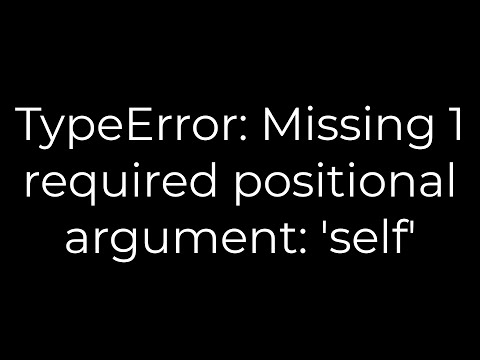
Found 20 images related to missing 1 required positional argument ‘self’ theme
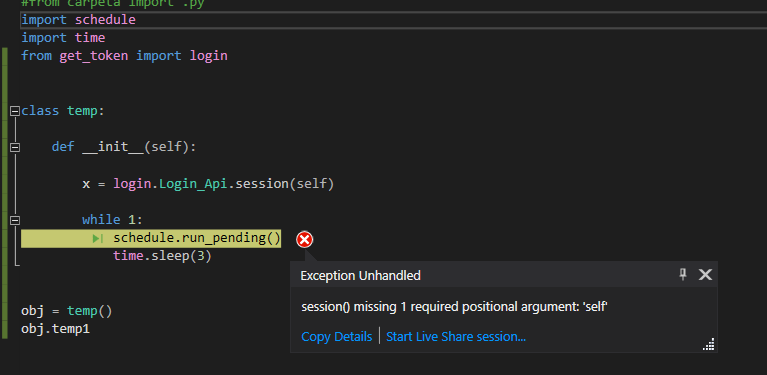

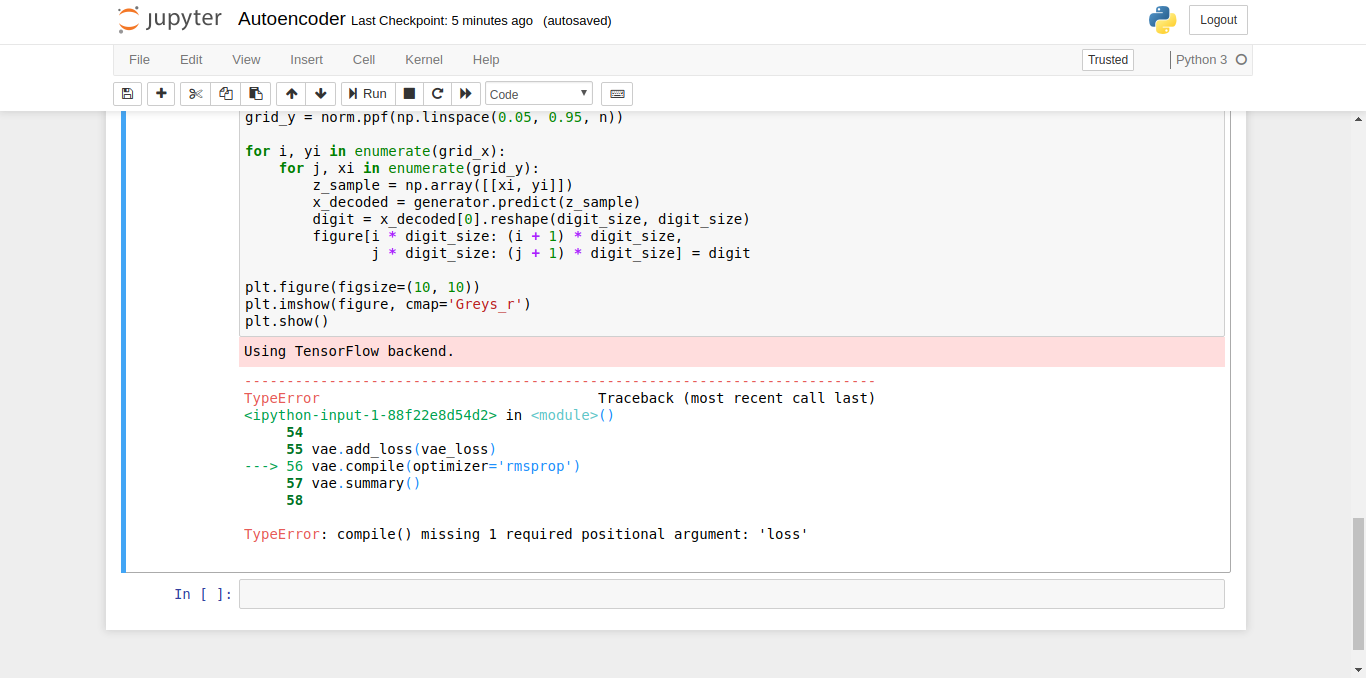


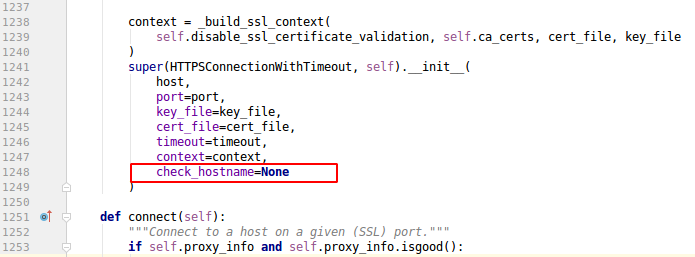



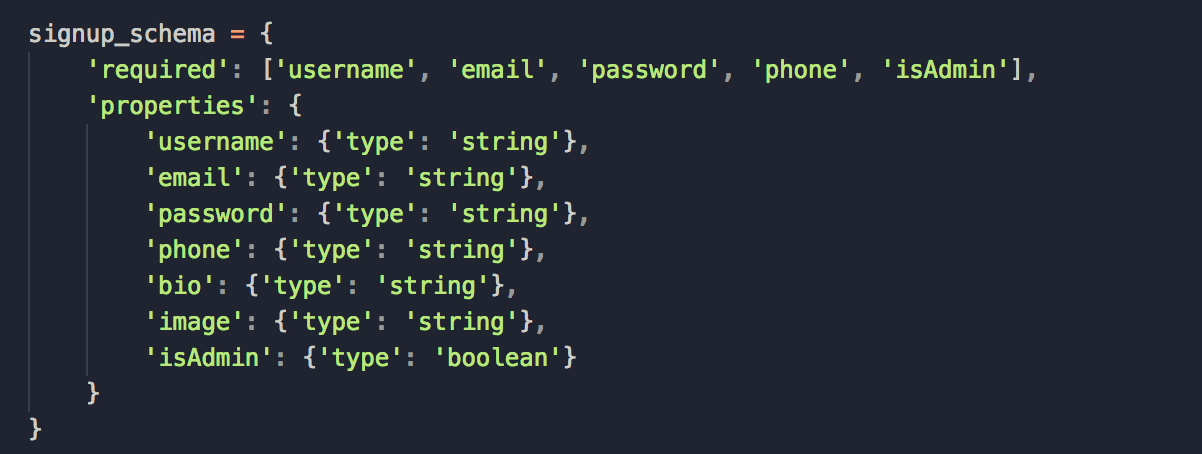
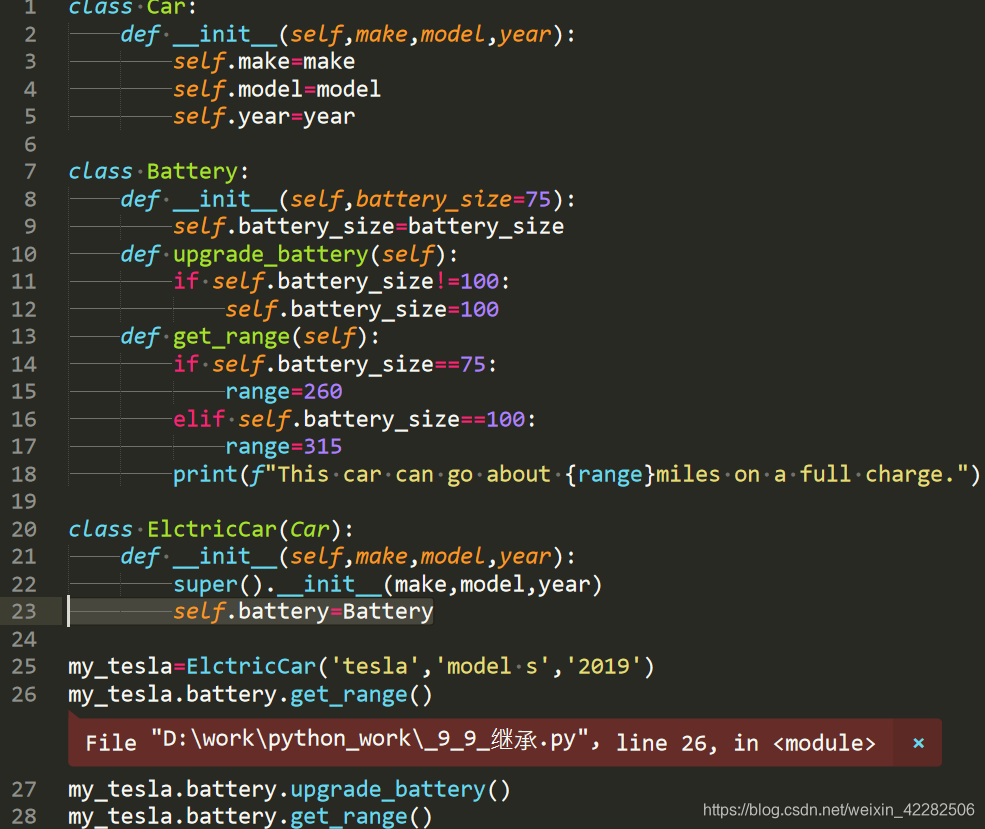




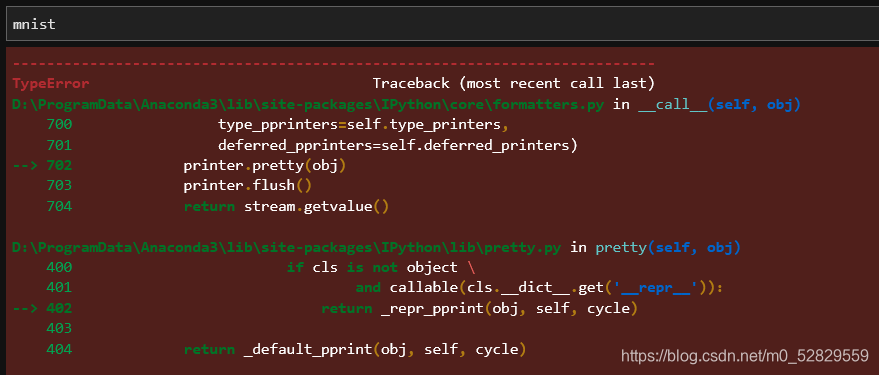
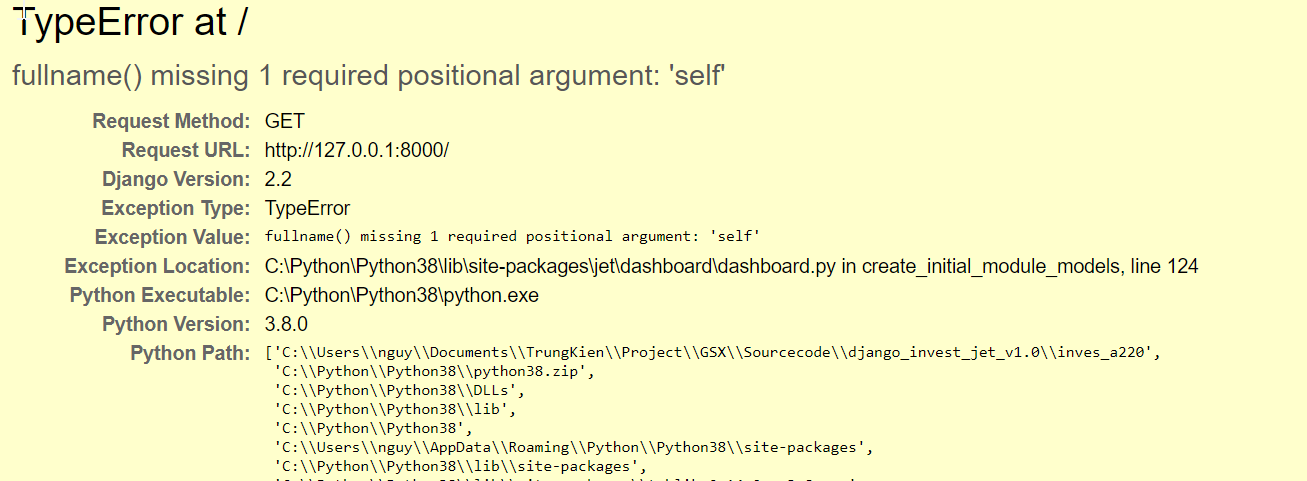




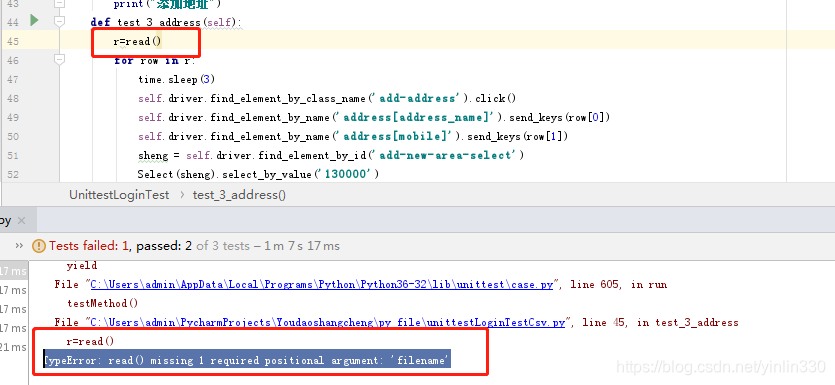

![Typeerror: missing 1 required positional argument: [SOLVED] Typeerror: Missing 1 Required Positional Argument: [Solved]](https://itsourcecode.com/wp-content/uploads/2023/04/Typeerror-missing-1-required-positional-argument.png)



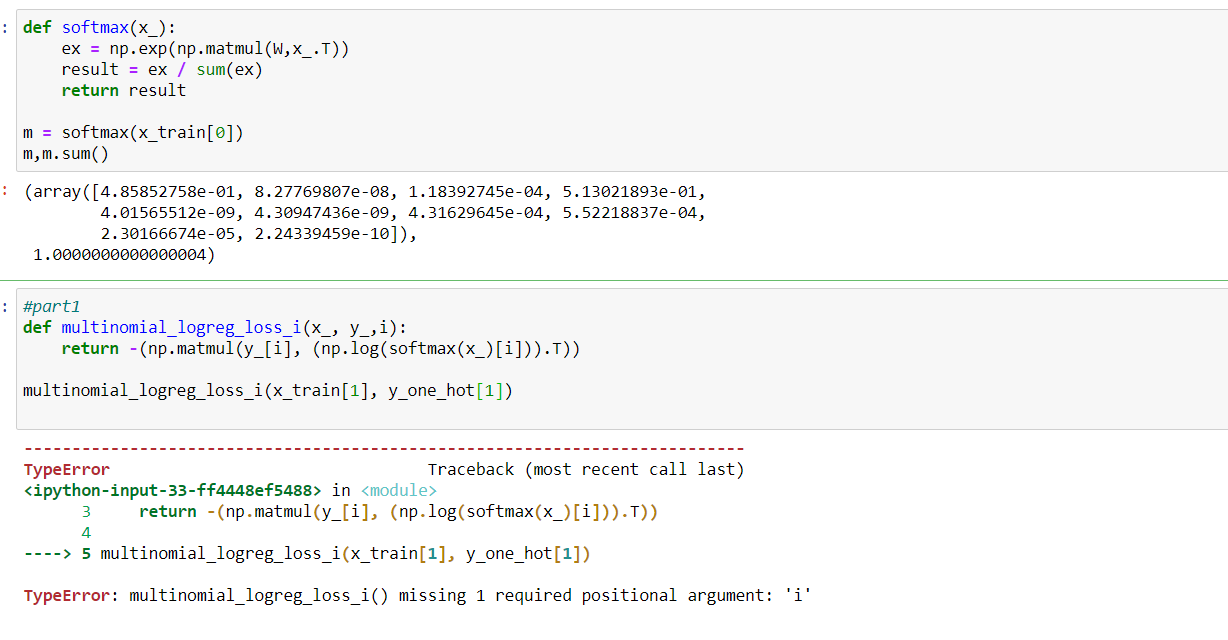


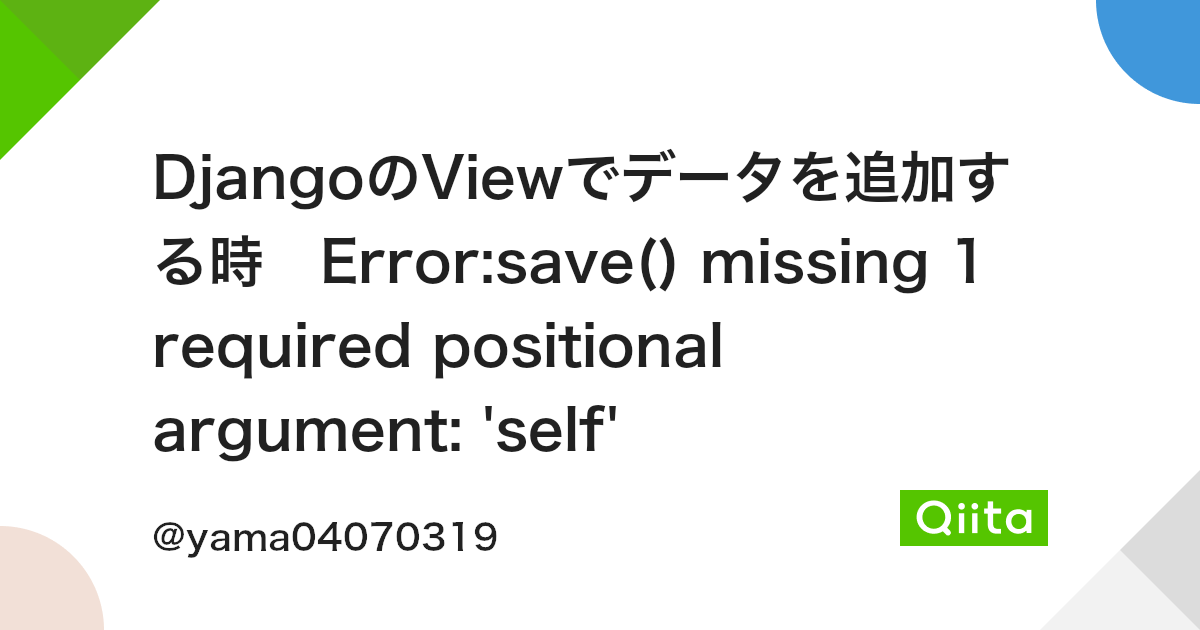


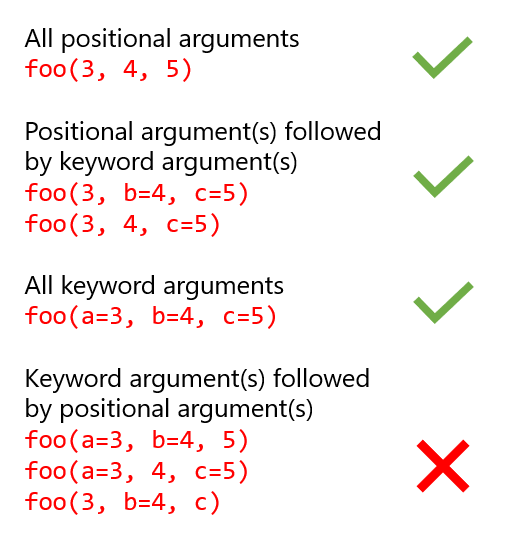
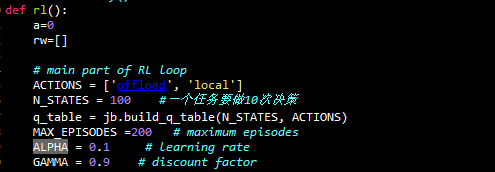

![Bug]: TypeError: kill() missing 1 required positional argument: 'self' · Issue #327 · camenduru/stable-diffusion-webui-colab · GitHub Bug]: Typeerror: Kill() Missing 1 Required Positional Argument: 'Self' · Issue #327 · Camenduru/Stable-Diffusion-Webui-Colab · Github](https://user-images.githubusercontent.com/52707645/229179789-ab095b5d-0d0a-415c-9de2-c5b77f4b3415.png)

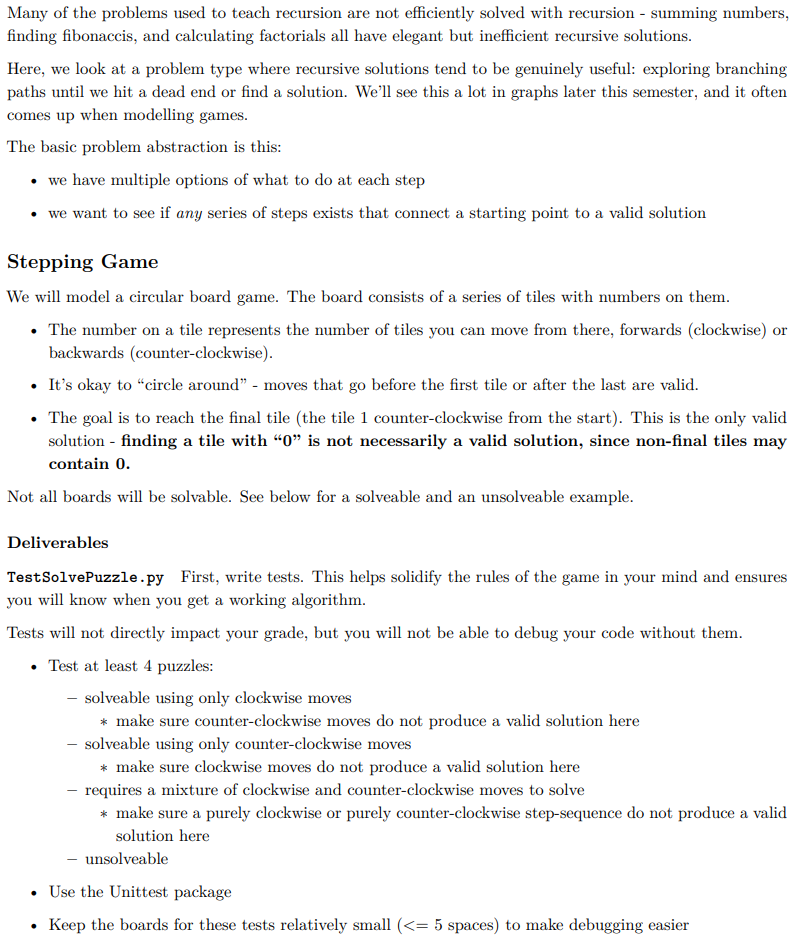








Article link: missing 1 required positional argument ‘self’.
Learn more about the topic missing 1 required positional argument ‘self’.
- TypeError: Missing 1 required positional argument: ‘self’
- TypeError: missing 1 required positional argument: ‘self’ (Fixed)
- TypeError: __init__() missing 1 required positional argument
- How to resolve ‘missing 1 required positional argument’ (Python …
- Python missing 1 required positional argument: ‘self’ Solution
- TypeError: missing 1 required positional argument: ‘self’
- Python missing 1 required positional argument: ‘self’ Solution
- Python TypeError: Missing 1 Required Positional Argument
- typeerror: missing 1 required positional argument: ‘self’
See more: https://nhanvietluanvan.com/luat-hoc